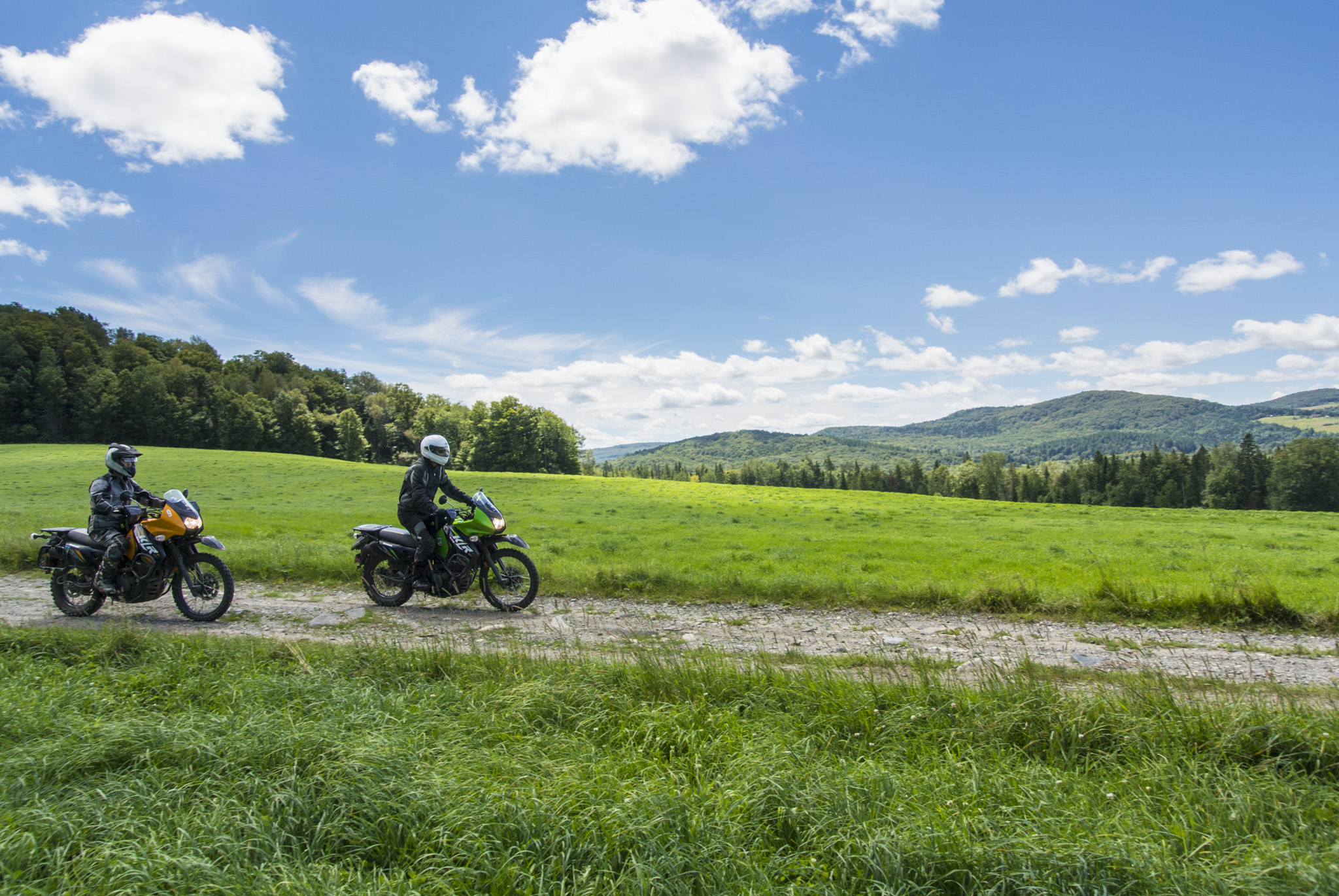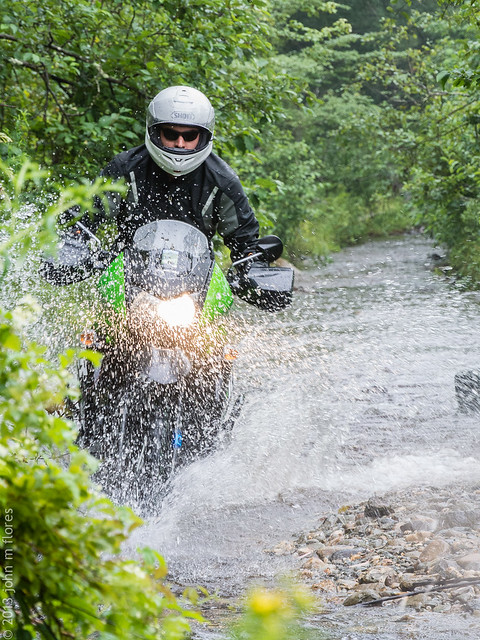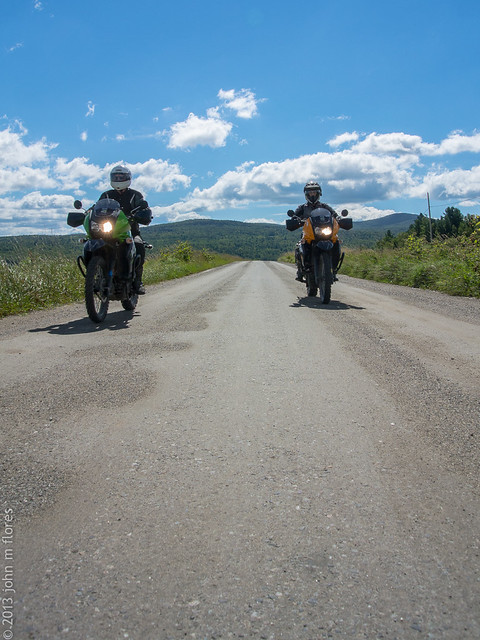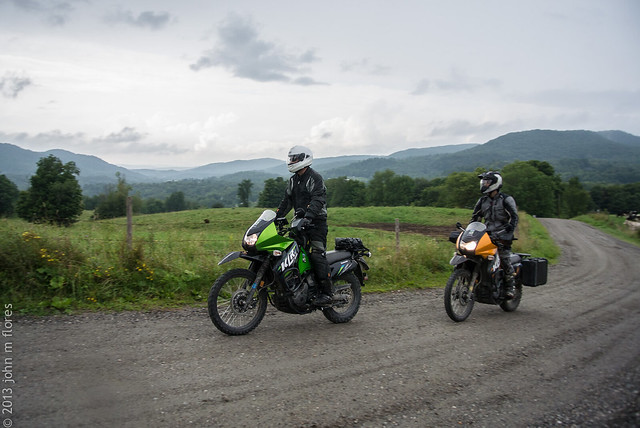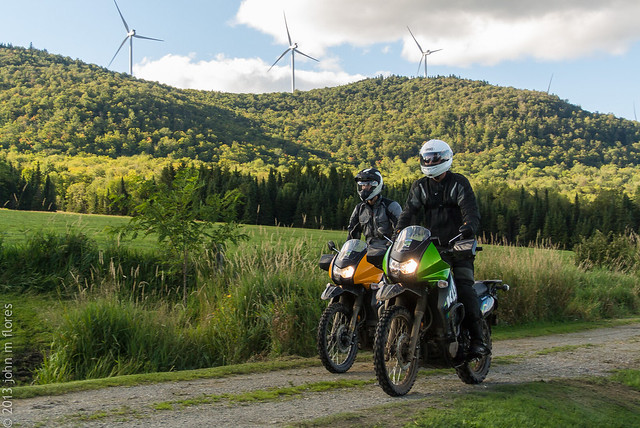
Nikon’s been in the news a bit lately, primarily because of it’s reduced forecasts and admission that their 1 Series cameras aren’t doing as well as they had hoped. That’s really a shame, because I’m really warming up to the V1. Go figure.
On my last trip, the V1 was paired with the Pentax K-5, with the Nikon playing the role of understudy. But a funny thing happened on the way to the backroads of Ontario. Sure the K-5 got the nod when the light levels sank and when I desired ultimate image quality. But in good light and with moving subjects, the Nikon V1 more often than not got the call.
Recently, I was asked to shoot stills and video for my next assignment. I really enjoy shooting video, so I said yes, which set into motion a whole new set of considerations and packing decisions. The first decision was easy–Panasonic GH2 with the 12-35 F2.8 zoom. I’ve been very happy with this combo for video, and the zoom has rekindled my appreciation of Micro Four-Thirds for stills. Sure, the GH2 doesn’t have the exposure range of the K-5. Sure, the GH2 can’t photograph a canary in a coal mine. But it certainly isn’t rubbish. I’ve had photos with the GH2 published before, and I likely will again.
With that sorted, I began to think about what other camera to bring. It had to take decent stills, of course, but it also had to function as a video backup to the GH2. Not only that, but it also had to make up for one of the key shortcomings of the GH2–AF tracking of moving subjects for still photos. And to make things even more complicated, I’d be carrying both photo and video gear on my back in a Boblbee Meg Aero backpack. On a motorcycle. On dirt roads and rocky trails. Across streams. In the rain.
The K-5 with the DA* 50-135 F2.8 was my first thought, the weather resistance and comparatively snappy AF key benefits. Together with the Panasonic zoom, I’d have a wide focal range covered. But it’s a big combo, and there’s no manual control of video, and what if I had a moving subject closer than 50mm? Other cameras were considered and set aside rather quickly–Pentax K-01 (slow AF), Panasonic LX-7 (slow AF), Panasonic GH3 (don’t own…yet), and so on.
And then I thought about the Nikon 1 V1. I had loaned it to a friend for several months (she liked it enough to buy her own for photographing her three very active young boys). Upon its return, I’ve been giving it more time. Continuous AF was certainly up to speed, and the video was not great but good enough for use online. But I’ve been on the fence about image quality. Some days I thought it was good, but on other days (likely the days I was reading too many camera forums) I doubted it, particularly the long 30-110 zoom. But then I looked at some of the photos I had taken with that combo and saw that they were quite good. Scratch that…really good. It’s funny, because I may have planted the seeds of doubt myself by shooting RAW files with saturation and sharpness turned down. That results in a file that looks flat and unattractive but responds well in post.
And so I went to VT with the GH2/12-35 F2.8 along with the Nikon V1 with the full complement of lenses – 10mm F2.8, 18mm F1.8, 10-30mm, 30-110mm. The zooms saw the most action, and as I sit here now reviewing the thousands of photos (and minutes of video), I’m happy with my decision. The AF was, as expected, rock solid. Not 100%, but really darn good. There were shots that I missed or wish I had gotten better, but the error was often in the interface between man and machine. Sometims the mistake was mine, sometimes the machine.
The biggest bugbear for me is that there’s no way to turn off instant review. Which sucks when you’re shooting action, which is why I bought and brought the V1 along in the first place. I missed some shots because I started to shoot, paused as the bikes got closer, and then had to rush out of instant review because the bikes were upon me. I also wish that you could turn off the EVF eye sensor, because there a times when I’ve got the camera at an odd angle (i.e., near the ground or near my knee) and that’s enough to turn off the LCD and switch to EVF. Doh! Oh, and one more thing–while I love the high FPS (up to 60!) I do wish the buffer would clear faster. But those are usability issues, not image quality issues. I’m confident that my publisher won’t think twice about what size sensor I used for the shots.
So happy that I’m debating whether to buy another V1 or wait for the V2 prices to drop. The V2 seems to address some but not all of the usability issues, while being faster and more megapickly to boot. Until then, check out some of these V1 photos:
For more blog posts about the Nikon 1 system, check out the Nikon V1 Compendium.

